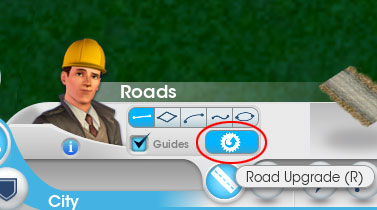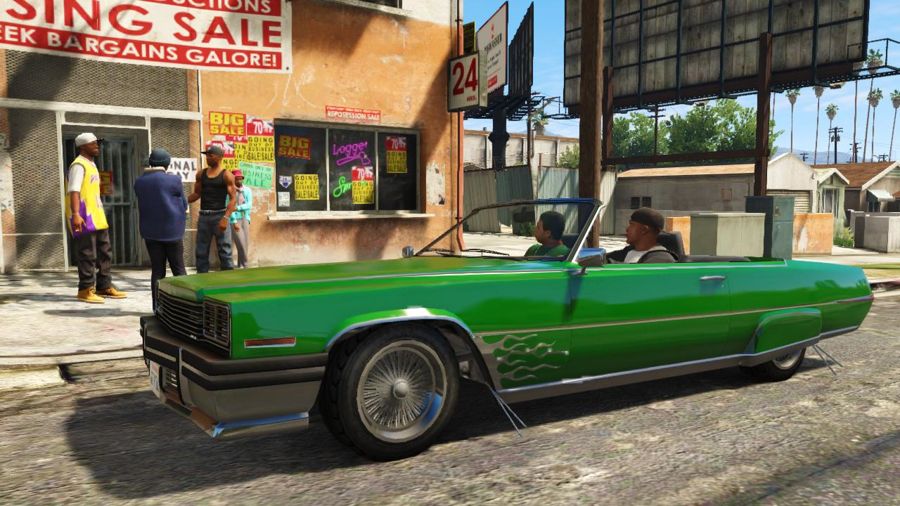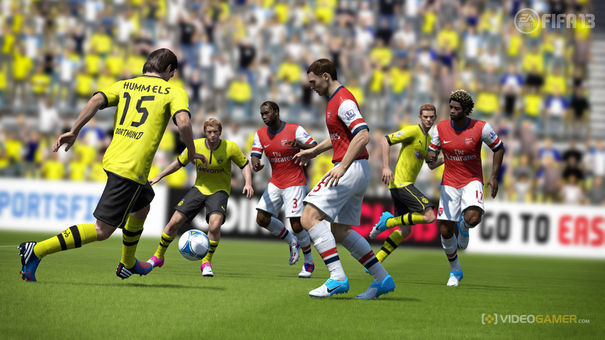Work carefully, scraping the damaged spot with the flat, sharp edge of the knife blade; does not scratch Diablo 3 Gold the spot. Then very carefully feather the edges of the ding with No. Then, with an artists' brush, carefully apply new finish to the spot -- varnish, shellac, lacquer, or enamel -- to match the rest of the finish.
The spot will be very noticeable at first. Let the finish dry; it will be glossy. Then lightly buff the spot with No. 0000 steel wool, and wax and polish the entire piece of furniture. Dents are easiest to remove from bare wood. Very large, shallow dents are probably best left untreated.
Very deep dents should be filled, as detailed below for cracks and gouges. ? Publications International, Ltd. Use a fine pin or needle to drive a series of small holes in a stubborn dent; then swell the wood to raise the dent. On finished surfaces, you'll have to remove the finish around the damaged area.
Using fine-grit sandpaper, carefully remove the finish for about 1/2 inch around the spot. To raise the wood in the dent, apply a few drops of water to the dent and let the water penetrate the wood for a day or so. Do not wet the entire surface. This moist heat may be enough to swell the wood and raise the dent.
Pound the straight pin in about 1/4 inch, and carefully pull it out with pliers; the holes should be as small as possible. Then treat the dent you would for a shallow dent. The pinholes let the water penetrate the wood's surface. Let the finish dry completely. Lightly buff the new finish with No.
How to Repair China How to Repair China, Porcelain, and Glass Careful assembly and clamping are the key to mending delicate objects. Buy clear epoxy glue, sold in two parts, resin and hardener; mix only as much glue as you need. Choose an appropriate method, as detailed below, to achieve a secure set. Don't apply glue to the broken pieces until the clamp is prepared. To hold a cracked or pieced plate or similar object, fill a pan with sand.
Embed the untracked portion of the plate in the sand, with the broken edges straight up so that the glued pieces will be held in place by gravity. If necessary, use clothespins to clamp large pieces in place. Mold lumps of clay to support mended cups, glasses, or other objects with the broken part up. The mended pieces will be held in place by their own weight. Or, to hold a flat or shallow object, use a piece of scrap board for a base.
Set the mended object onto the board; at appropriate spots around it, mark points on the board. Remove the object and drive nails partway into the board at the marked points. Replace the object and stretch rubber bands from nail to nail over it to hold it in place.
To clamp a platter or a shallow bowl, use a scrap board with nails driven around the perimeter; stretch rubber bands from nail to nail over the mended piece.[/b] Gluing To mend the broken object, clean the pieces thoroughly and let them dry completely. Before mixing the glue, fit the broken pieces carefully together so you'll be able to reassemble them correctly.






 Resident Evil ORC Data/Intel Locations Level 4
Resident Evil ORC Data/Intel Locations Level 4 18 best Free Flash Games for your Browser
18 best Free Flash Games for your Browser . Plays, 31st January 2015
. Plays, 31st January 2015 Grand Theft Auto 5: Strangers & Freaks Side Missions Guide
Grand Theft Auto 5: Strangers & Freaks Side Missions Guide FIFA 13 Career Mode Tips and Tricks
FIFA 13 Career Mode Tips and Tricks